Mycena crocea
Scientific name: Mycena crocea Maas Geest.
Derivation of name: Mycena is derived from the ancient
Greek word for mushroom. crocea means "orange."
Synonym: Mycena luteopallens (Peck) Peck
Common name(s): Walnut mycena.
Phylum: Basidiomycota
Order: Agaricales
Family: Mycenaceae
Occurrence on wood substrate: Saprobic; fruiting on
remains of old hickory nuts and walnuts; August to
November.
Dimensions: Caps 8-15 mm wide; stipes up to 10 cm tall
and 1-1.5 mm thick.
Cap: Orange to yellow, fading to whitish.
Gills: Attached; yellowish to pink-tinged.
Spore print:White.
Stipe: Orangish near apex, yellowish below; slender; with
long coarse hairs
at the base.
Veil: Absent.
Edibility: Inedible.
Comments: If not for the distinctive habitat, this small
Mycena could present an identification challenge. It still is
when the nuts are well-decayed. l will
admit that for a
website devoted to fungi growing on
wood, hickory nuts
might be a bit of a stretch but it's a beautiful and easily
recognized fungus when found growing on these "woody"
substrates.
More information at MushroomExpert.com:
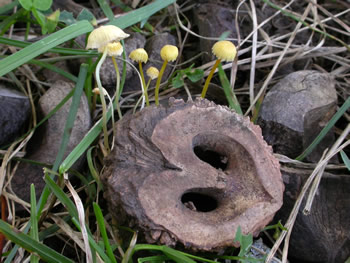
Figure 1. A cluster of Mycena crocea on a walnut
shell.
Photo © Gary
Emberger.
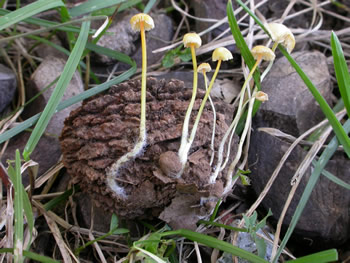
Figure 2. The other side of the nut in Figure 1.
Photo © Gary Emberger.
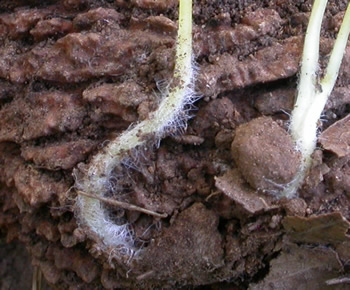
Figure 3. Close-up of the long, coarse hairs at the base
of the stipe in Figure 2.
Photo © Gary Emberger.
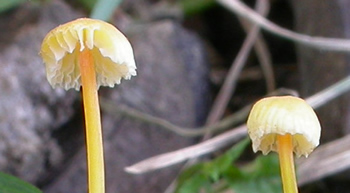
Figure 4.
Close-up of the caps in Figure 2. The gills are
almost distant.Photo © Gary Emberger.
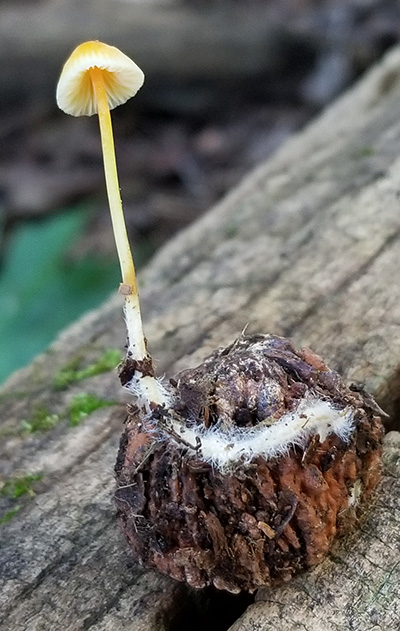
Figure 5. The stipe is typically orangish at the top and yellowish
below. The yellow caps
fade to whitish.
Photo © George Morrison.
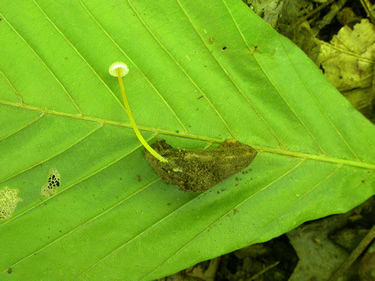
Figure 6. This specimen was fruiting on a very small fragment
of
hickory nut. If the substrate was not recognized as a piece
of hickory nut, the task of identifying this mushroom would
be
much
more difficult. Photo © Gary Emberger.